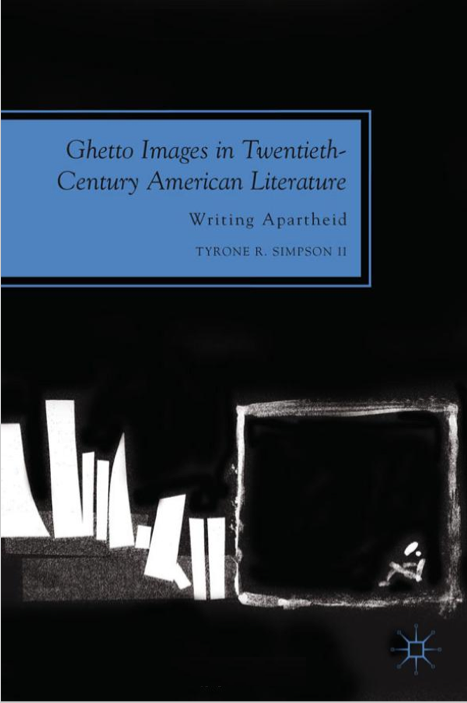Ghetto Images in Twentieth-Century American Literature: Writing
Apartheid. (New York: Palgrave Macmillan, 2012)
I look at how six American writers—Anzia Yezierska, Michael Gold, Hubert Selby Jr., Chester Himes, Gloria Naylor, and John Edgar Wideman—over a span of 70 years (1928–98), have artistically responded to the racialization of U.S. frostbelt cities in the twentieth century. In doing so, I join other literary critics and cultural studies practitioners who have recognized race and cities—matters often the privileged provinces of the social scientist—to be salient preoccupations of U.S. fiction writers. My analysis demonstrates that this strain of literary production has always understood marginal urban spaces in the U.S. rustbelt as sites of symbolic if not literal blackening that pressure its inhabitants to affect tactically their departure from these districts if they dare to belong to the broader metropolitan community or the nation itself. This discovery may not be news to anyone in this U.S. region who has strived or seen others strive for the good life that many religiously refer to as the American Dream. In so many ways what is mainstream to the United States, despite what the cultural arenas of music, sport, and sexuality suggest, has its value defined in contradistinction to what we understand blackness to do or to be. The practice of ghetto escape is no less informed by this abjecting logic. Masking the desire for a more materialistic and ostensibly more hospitable living environment, one less populated and intimate with the sullying economic practices of urban modernity, was the need to be free of racial stigmatization. Ghetto Images shows that the state’s restructuring of rustbelt cities in the mid-twentieth century created racialized zones that through uneven financial investment ratified the idea that blackness was a miserable sociobiological condition that lacked value. Its antidote, as the sparkling sanitized newness of the suburbs suggested, was a whiteness that one could only access outside of the city. By creating a spatial and thus materialist basis by which people may be racially classified, this new configuration of the city engendered circumstances in which urban inhabitants, regardless of their phenotype, would look to acquire or confirm or augment their whiteness by moving outside of the city. The writers whose work I explore in this project dramatize how at various points in the twentieth century the logic of race underwrote the subjective experience of remaining in the inner city or attempting to leave it.
This is a link to to the book….

